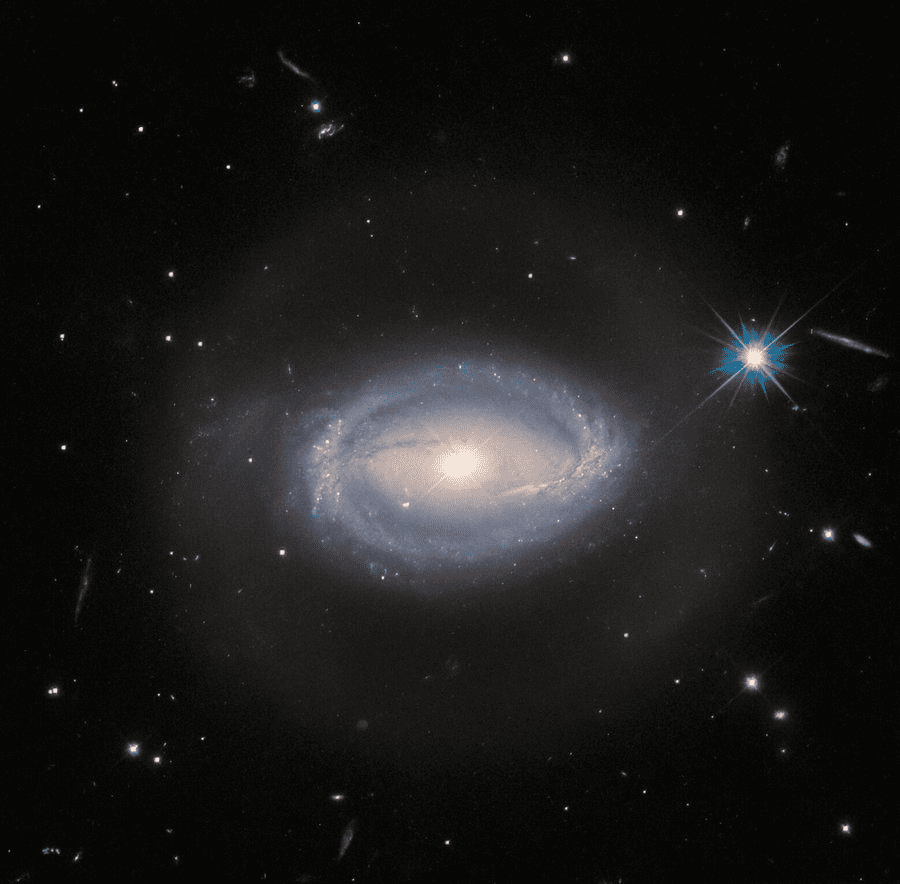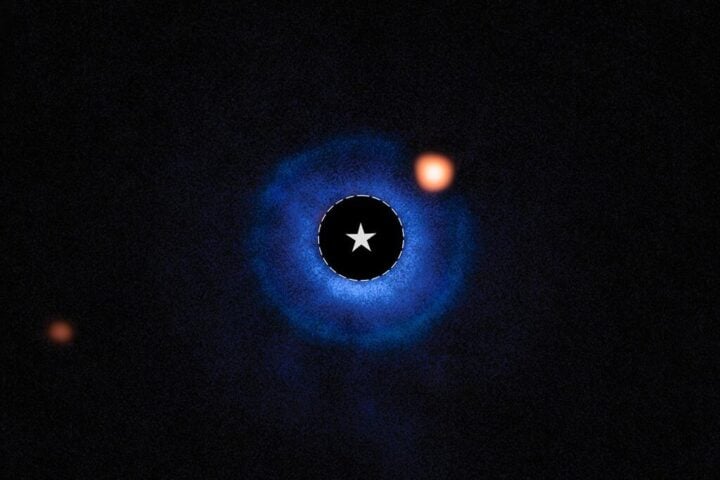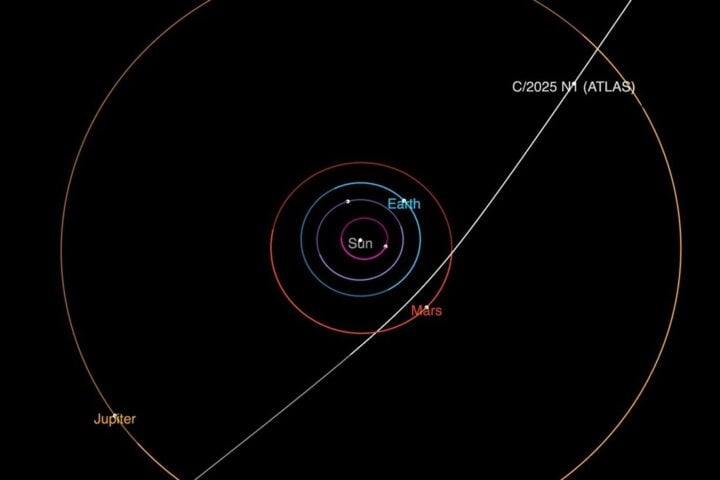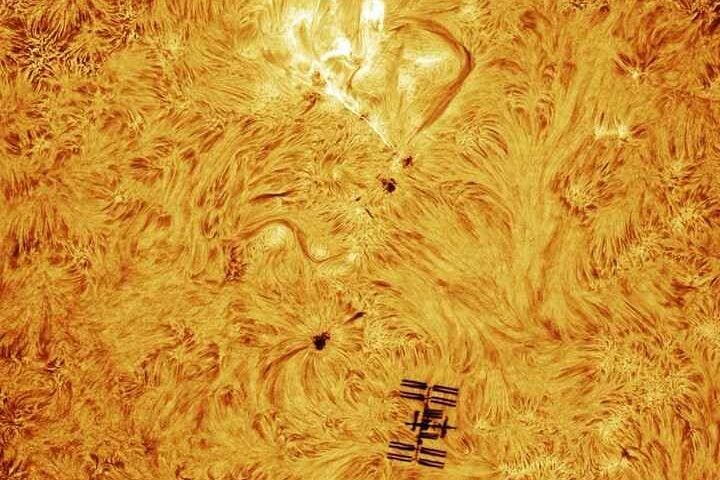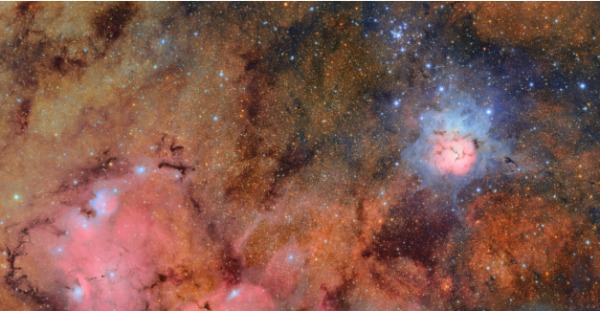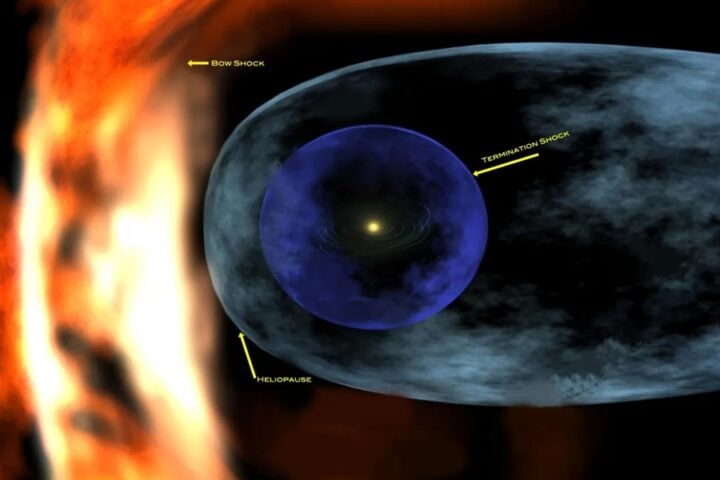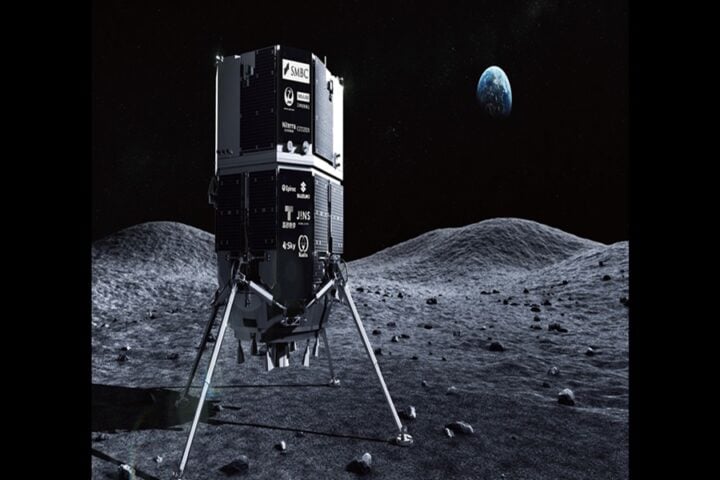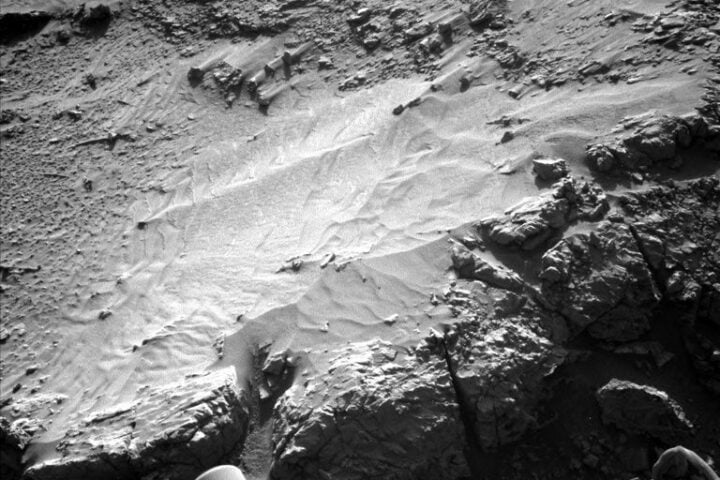NASA’s Hubble Telescope has captured stunning images of Z 229-15, which appears to be an enigmatic celestial object located 390 million light-years from Earth. Z 229-15 remains a cosmic mystery that does not fit into any general categorization and has left astronomers puzzled.
Depending on your approach to define it, Z 229-15 can be a quasar, an active galactic nucleus (AGN), or a Seyfert galaxy. As per the European Space Agency, this bizarre space object falls into all those categories at the same time due to overlapping definitions of those terms.
Z 229-15 is a galaxy that has a much brighter AGN compared to typical galaxies, and it is also a quasar, which usually drowns out the light from stars within its galaxy. Despite being a quasar, the stars in Z 229-15 are clearly visible, making it a Seyfert galaxy—a rare phenomenon.
The powerful instruments aboard Hubble allowed us to see all of these different aspects of Z 229-15 in one stunning image. Z 229-15 is an intriguing cosmic object that challenges our understanding of the universe and raises more questions than answers. The discovery of Z 229-15 reminds us of the endless possibilities of the cosmos and the importance of continued exploration.
